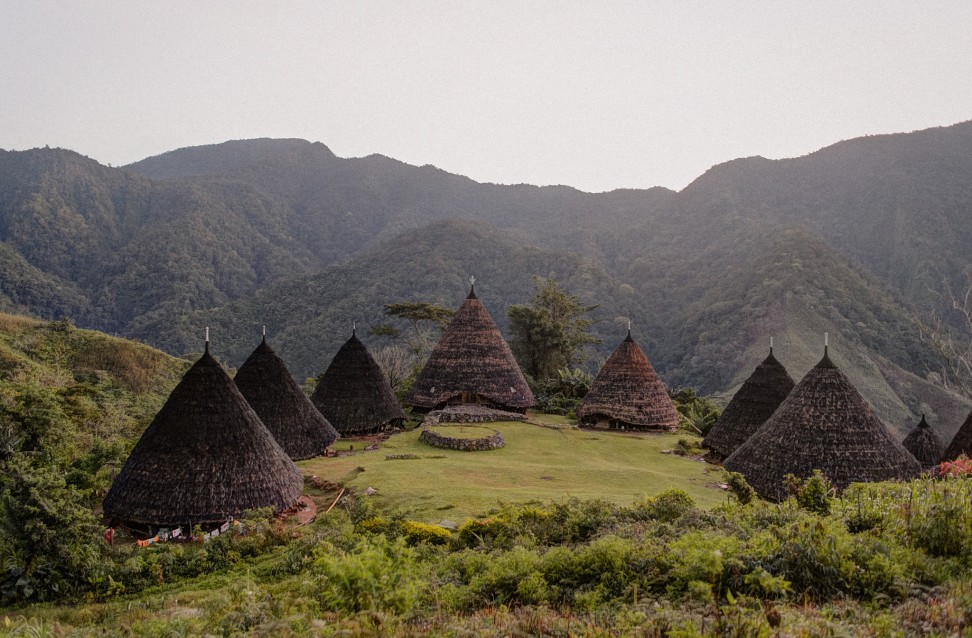
“There was no tourism. There was no industry. They used to have to grab the coffee and hike down to the traders, and even then they’d get a set-price per kilo which they had no negotiation over. Without the tourism I don’t think the village would still exist. I think it would’ve just turned into an empty hill village. All of the younger generation would have left.”
The first thing that comes to mind whenever indigenous peoples are involved in tourism is often, unfortunately, exploitation. Historically, indigenous people involved in said tourism are not always consulted before development begins on their ancestral lands. Either that or they are underpaid or simply do not profit from the time, commodities and services they provide.
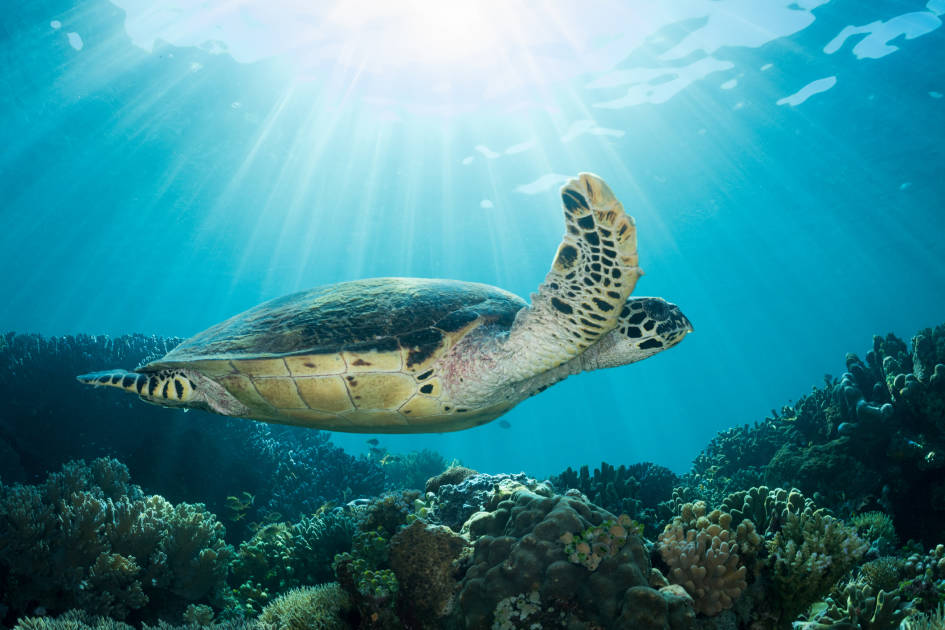
In the modern day this model is – thankfully – changing. There are now indigenous tribes who run their own ecotourist programmes; and these programmes are often directly responsible for preserving the culture of those involved, rather than threatening to do the opposite.
The village of Wae Rebo is home to a branch of the Manggarai tribe in Indonesia, on the remote island of Flores. Based on a mountain top 1200m above the sea and surrounded by stunning jungle valleys, the village provides one of the best examples of just how well ecotourism and indigenous cultures can go hand in hand.
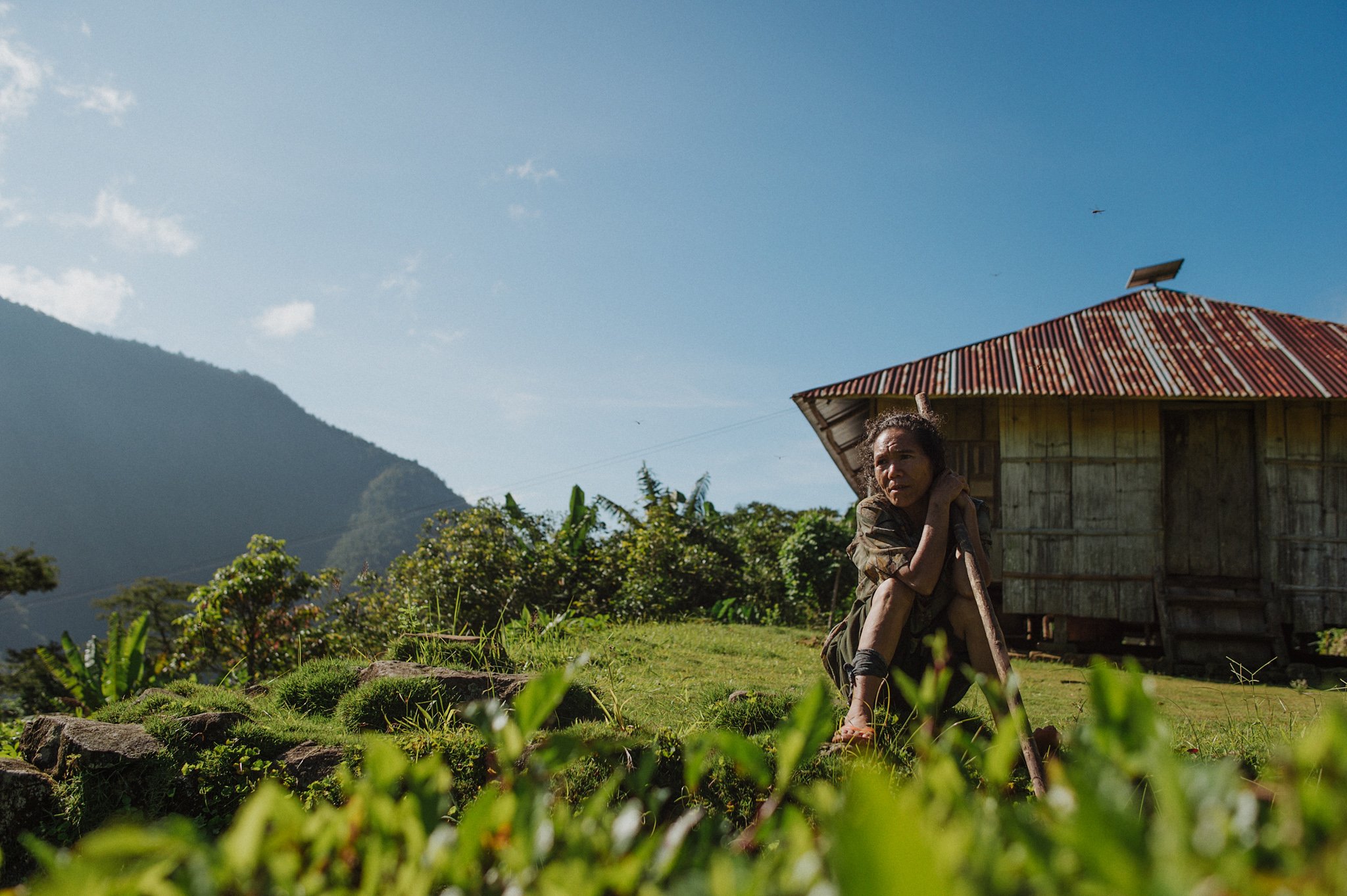
“In the big picture in Indonesia, they’re happy to exploit cultures and show them off,” says Paul Langraver, an adventure tourism expert. “But these guys – the Manggarai people in Wae Rebo – they’re in charge here.”
Paul has lived in Southeast Asia for over 15 years and is “currently working through his fifth passport”. He has worked extensively with the Manggarai people to help develop and advise on their programme for ecotourism. Paul first came into contact with the Wae Rebo village through work at his nearby Turtle Sanctuary on Flores, where he ensures critically endangered sea turtles can hatch safely and get themselves out to the sea.
This is one of the role model projects on the island.
“A lot of people from the village at the Turtle Camp are descendants from Wae Rebo, and I love traditional architecture,” Paul says. “So for me it’s unbelievable that this village exists. We met the people one day, then we kept meeting them and we just intertwined from there.”
The Wae Rebo village consists of a series of traditional conical houses built according to ancient Manggarai design. It sits on the top of a hill in the caldera of a dormant volcano, dropping down vertically on three separate sides. If that’s not dramatic enough for you, the lush green forests on every side are often shrouded in mist.
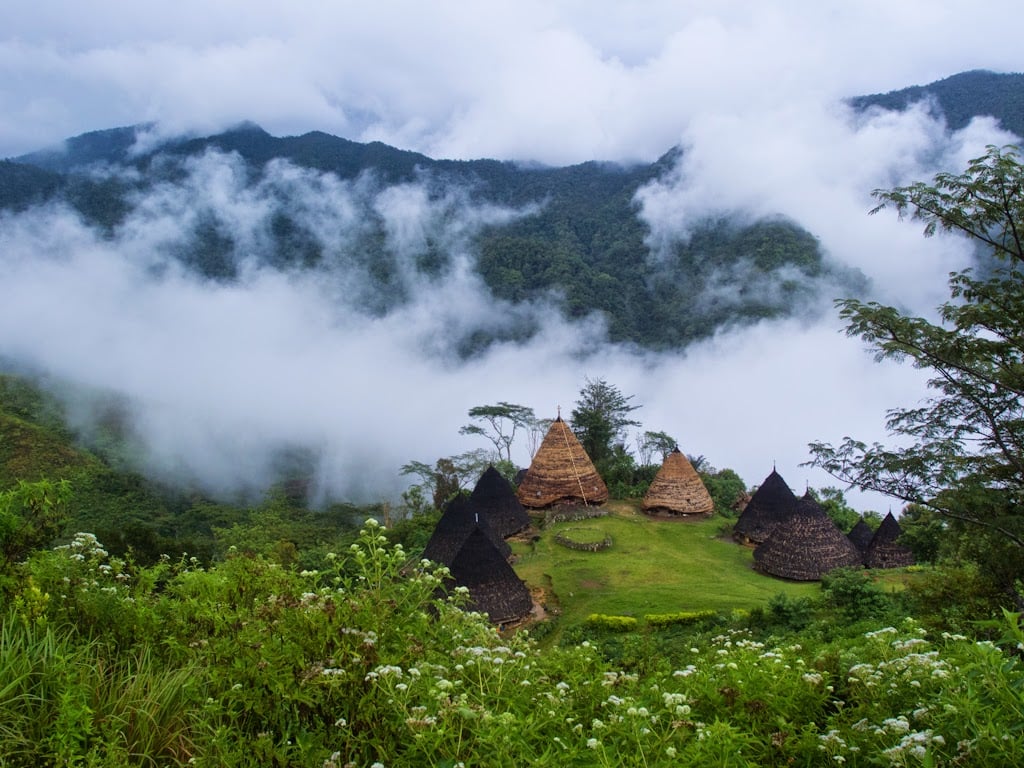
There’s no electricity or roads. The options are hike for two hours, or don’t go at all. Guests meet, listen and learn from locals, eat local delicacies, sleep in the remarkable Manggarai roundhouses and wake to watch the stunning sunrise over the crater of the volcano. There are traditional ceremonies to watch and you can purchase coffee or hand-woven sarongs.
“There’s nobody imposing any of this on them, and there’s no-one collecting any money from this except them,” says Paul. “They’ve very well off from it – they’ve gotten their own health clinic through tourism, their own school nearby at the bottom of the hill, about two hours away. And this is in an area that’s just pure subsistence farming, with no income of any kind.
“[As visitors], you bring a gift and then you can sit down and you can pound coffee with the mothers of the houses. They’re generally yelling at the kids or preparing the meals. You can go into the houses and they’re used to it. It’s not like you’re intruding.
“This is one of the role model projects on the island. They still live in their traditional houses and they still do traditional weaving and a lot of their old ceremonies. It’s amazing to see.”
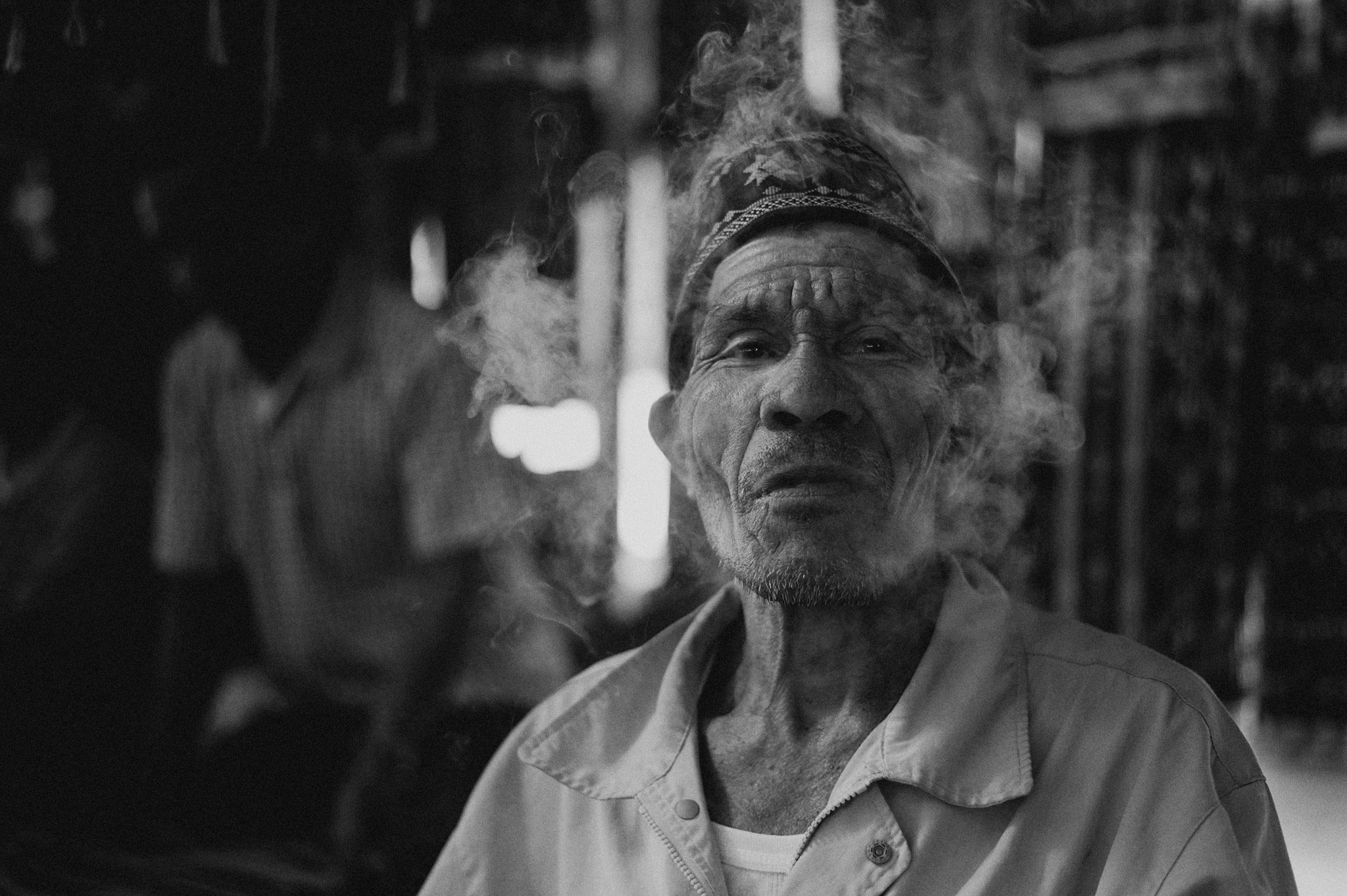
If you go back in history, the Manggarai people have always been people of the mountain. Many of them died out back when the first Dutch missionaries came to Indonesia, over 100 years ago, and a lot of their culture was undermined and transformed by Catholicism.
Indonesia gained independence in 1945 and Flores was largely overlooked as infrastructure grew in the more populated areas of the country – the likes of Java, Sumatra and Borneo. Subsidies were offered which pushed people into agriculture that juxtaposed traditional Manggarai culture. In coastal and more developed areas, Manggarai culture died out.
The transmigrasi programme – an initiative of the government to move millions of people from the most densely populated areas of the country to the rest of Indonesia – weakened the Manggarai culture further, and by the 90s, it only really remained in remote mountain areas.
“The language, Bahasa Manggarai, is still commonly spoken but it’s not taught in schools,” says Paul. “They reckon there’s still one million people who speak it but I know enough to know that it’s not anywhere near close to that.

“These external politics and government even destroyed a lot of agriculture, and you had this entire culture going into decay. People were benefiting from not following the culture. There were subsidies for farming white rice rather than traditional foods, for example.
“Wae Rebo were one of only two towns left in the mountains which still had a traditional house. The houses are all shaped in big circles. They’re remarkable. They house 30 people. They’re 30m-35m across, and they’re sub-divided inside just like out in the rice fields. Each family gets a section of the house. But the last house they had standing, before tourism, was absolutely falling apart. They’re hard to maintain. They were debating just letting it fall down.
They’ve used the tourism to keep their traditions alive. That, and the isolation of the village, away from the roads, has kept it alive, and now it’s blossoming.
“Now they’ve just built the second guest houses, specifically for tourists to stay in. That’s doubled the capacity. It was all done by the locals, in the traditional way, and they were getting the younger generation involved and teaching them how to do it.”
The village became involved in ecotourism in 2007 and have welcomed thousands of guests each year since. I ask Paul how the Wae Rebo came across the opportunity at all and what the members of the tribe who previously had no knowledge of tourism, and no experience with foreigners, thought of the endeavour.
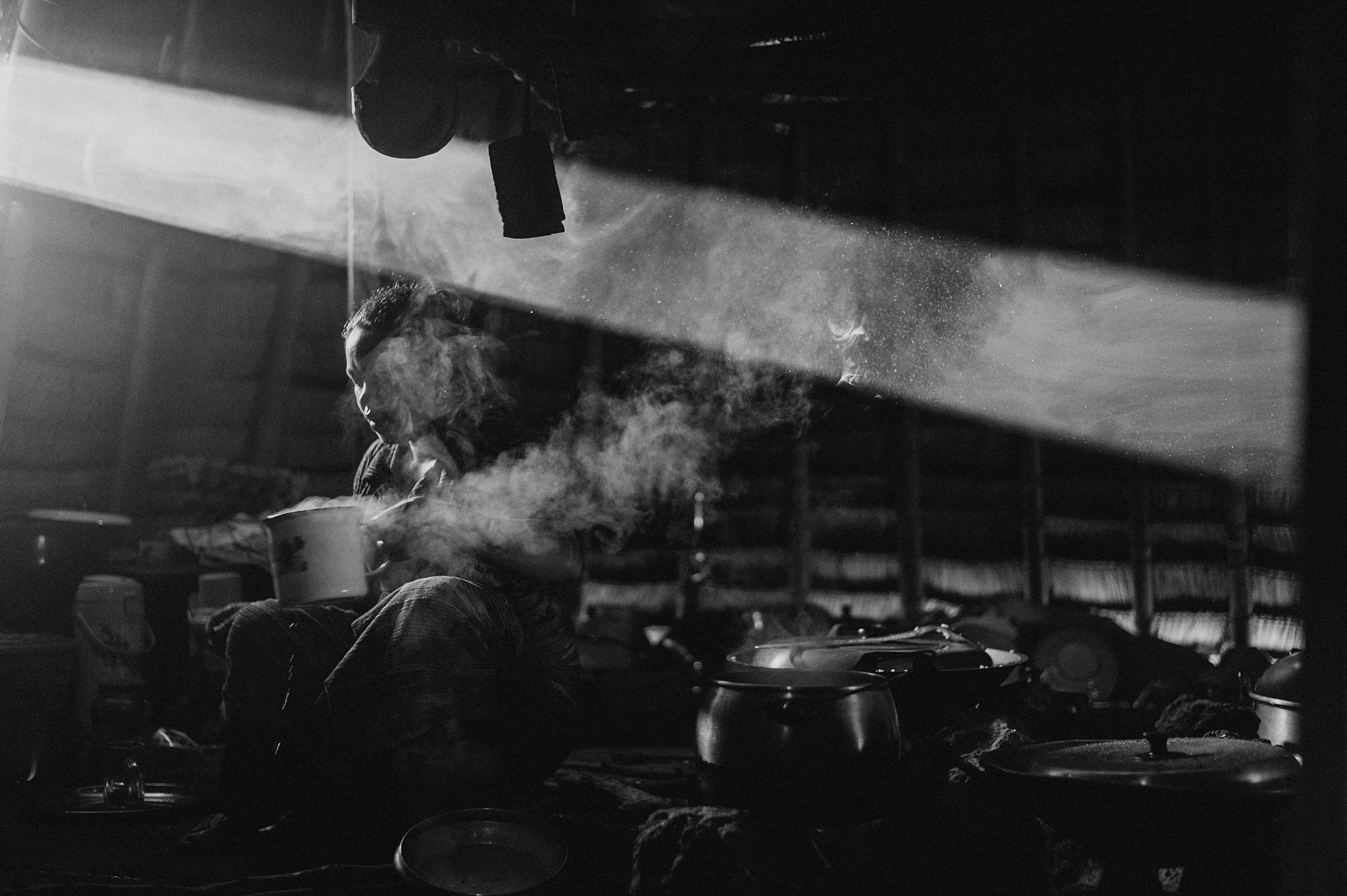
“The guys in their 40s and 50s would’ve seen foreigners in their youth,” Paul says. “Many of them would have worked in the cities. They were the poor labourers, lifting rocks and moving dirt around, but they got to see Jakarta. They’d see cars and TVs and foreigners. They saw what was happening in Komodo with diving tourism and they would come back with stories.
“They wanted a piece of it. So a couple of the 30 year olds went to Jakarta and went through training, and got a lot of support from Indicon and Swiss Contact [two NGOs], and got trained up and started developing it. They’ve used the tourism to keep their traditions alive. That, and the isolation of the village, away from the roads, has kept it alive, and now it’s blossoming. They even got nominated for a UNESCO architecture heritage award.
“This is the entire income for the village, as well as selling some commodities to traders.
“You do still meet guys who until 30 years ago had never seen a foreigner, as well. But now they’re coming in groups, and for the elders of the group, it’s still mind blowing.”
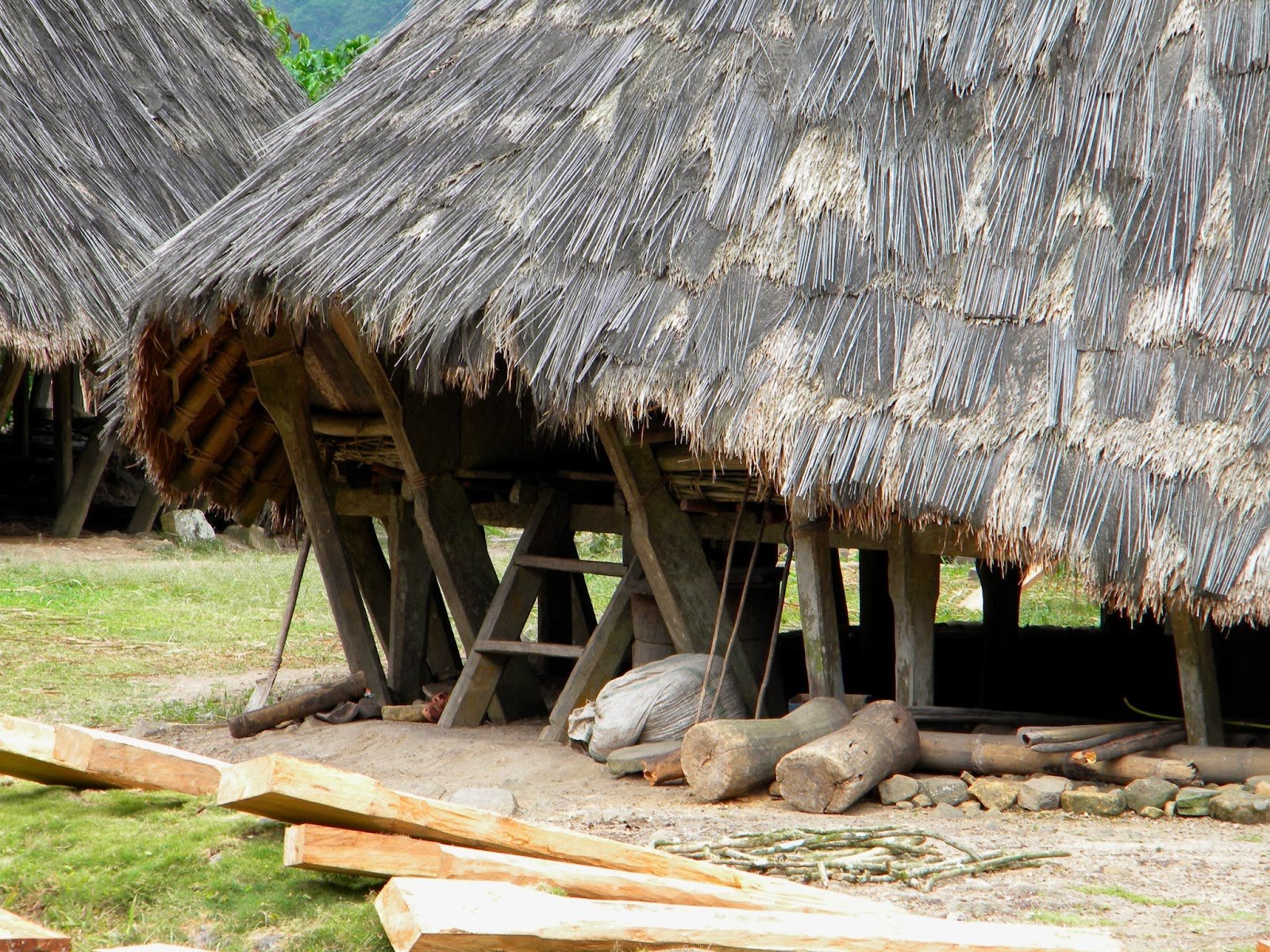
Paul explains that the younger members of Wae Rebo who go to school down the hill have been exposed to wider culture. They have access to YouTube when they’re down at the school and some of them even have smartphones.
Paul admits that tourism perhaps arrived too late to completely preserve all of the cultural traditions of Wae Rebo, but says that it has certainly kept the culture from extinction.
It almost feels like you’re stepping out of time.
“In a way they’ve preserved it and in a way they’re adapting to it,” he says. “They are keeping their traditions alive and teaching the kids about them, but a lot of the old school language is fading, and some of the ceremonies, nobody is quite able to explain anymore. If this boom had happened 10 years earlier, it would’ve probably preserved a lot more, but you are still walking into that culture and those traditions when you arrive in the village. It almost feels like you’re stepping out of time.”
The journey to the Wae Rebo village starts in the lowlands, around 200m above sea level. The hike takes you from the modern world up to the lush greenery of the village 1200m high, hiking from one culture to another. It provides a rare opportunity to fully leave technology behind and reconnect with nature. And when you do finally arrive, you’ll see first hand just how positive a partnership can be between an indigenous people and ecotourism.
Interested in visiting Wae Rebo and seeing the mountains of Indonesia? Check out our adventure holidays in Indonesia, based in the oceans and on the mountains of the beautiful island of Flores.


